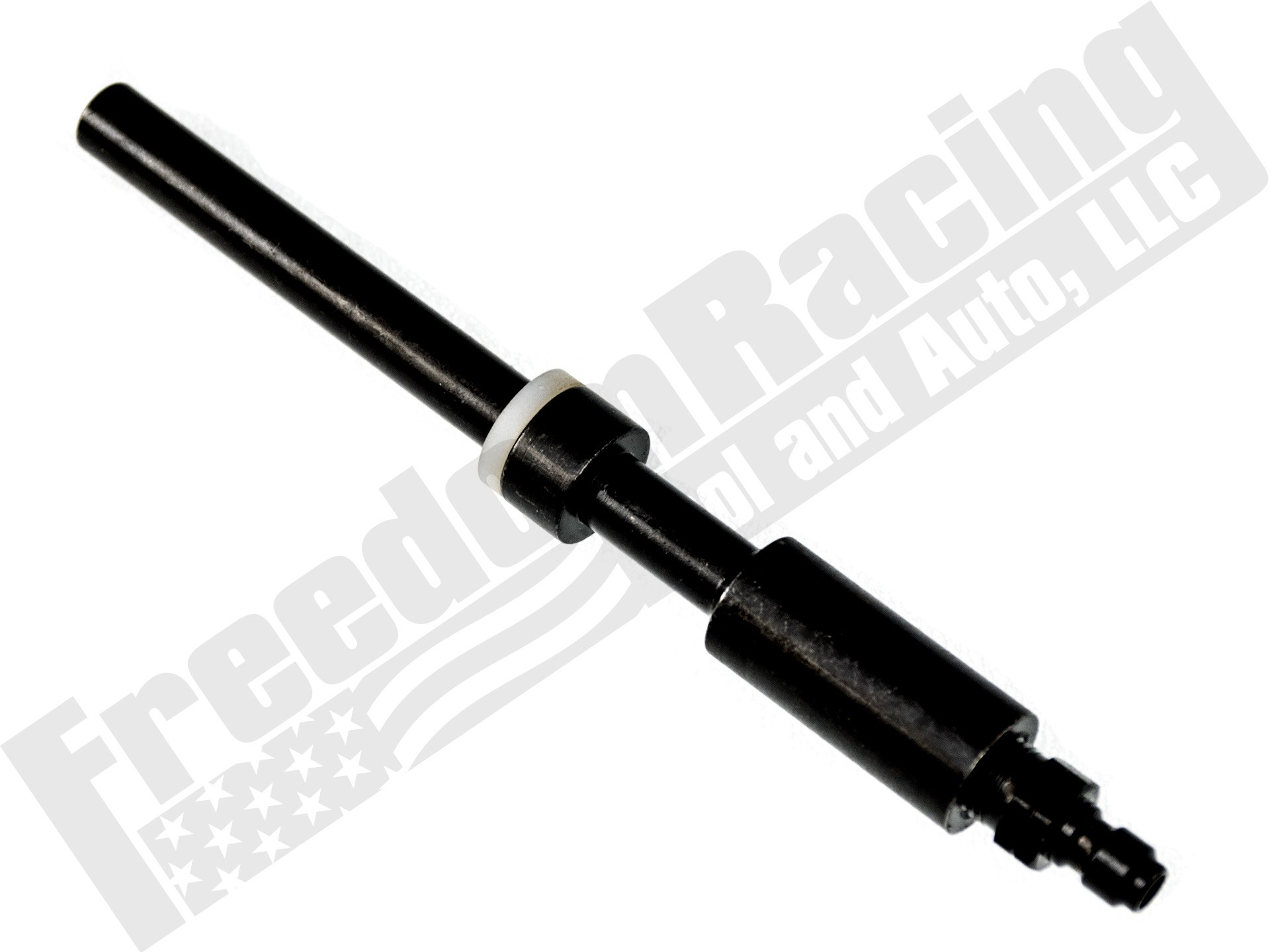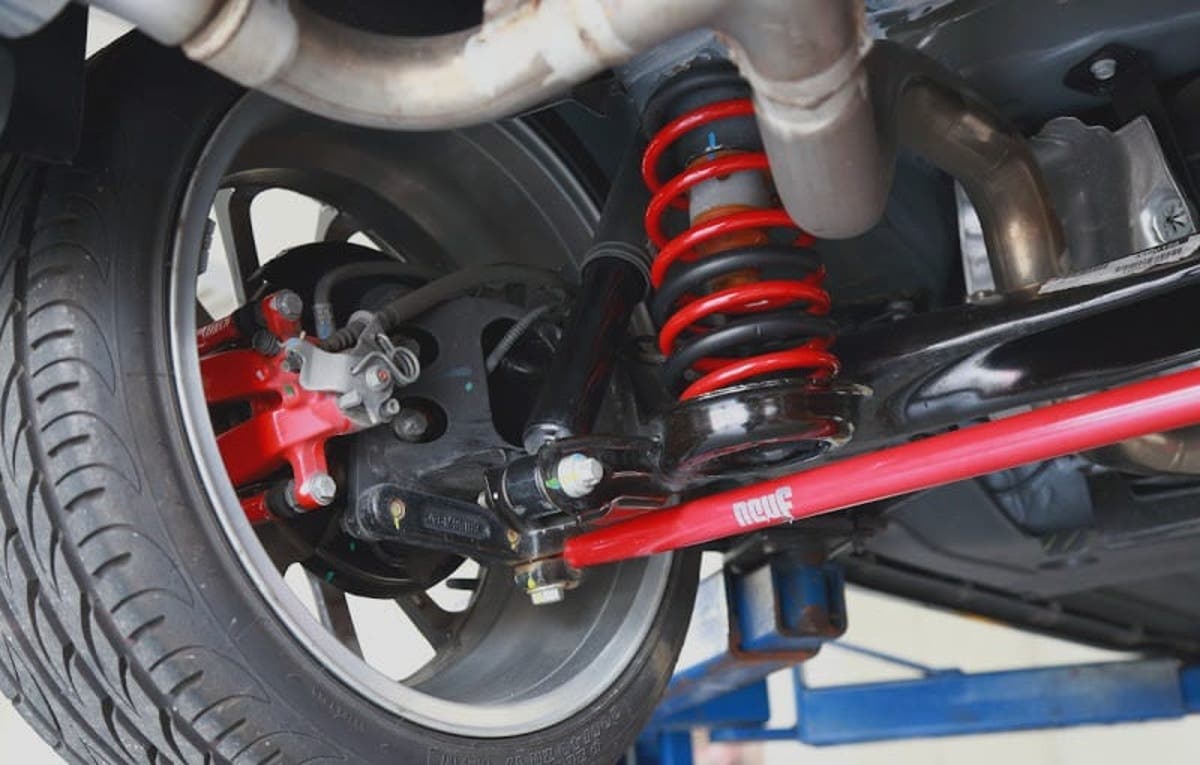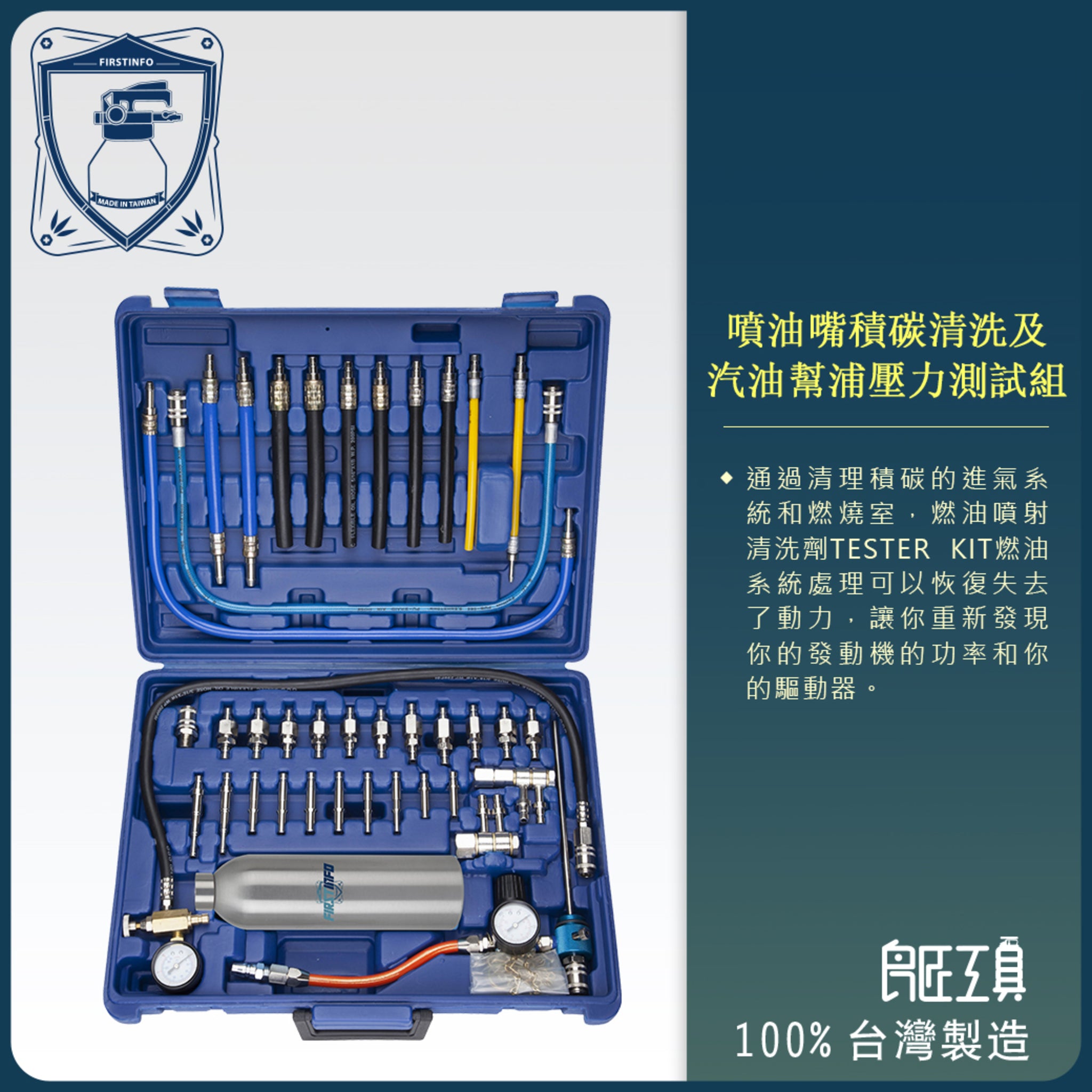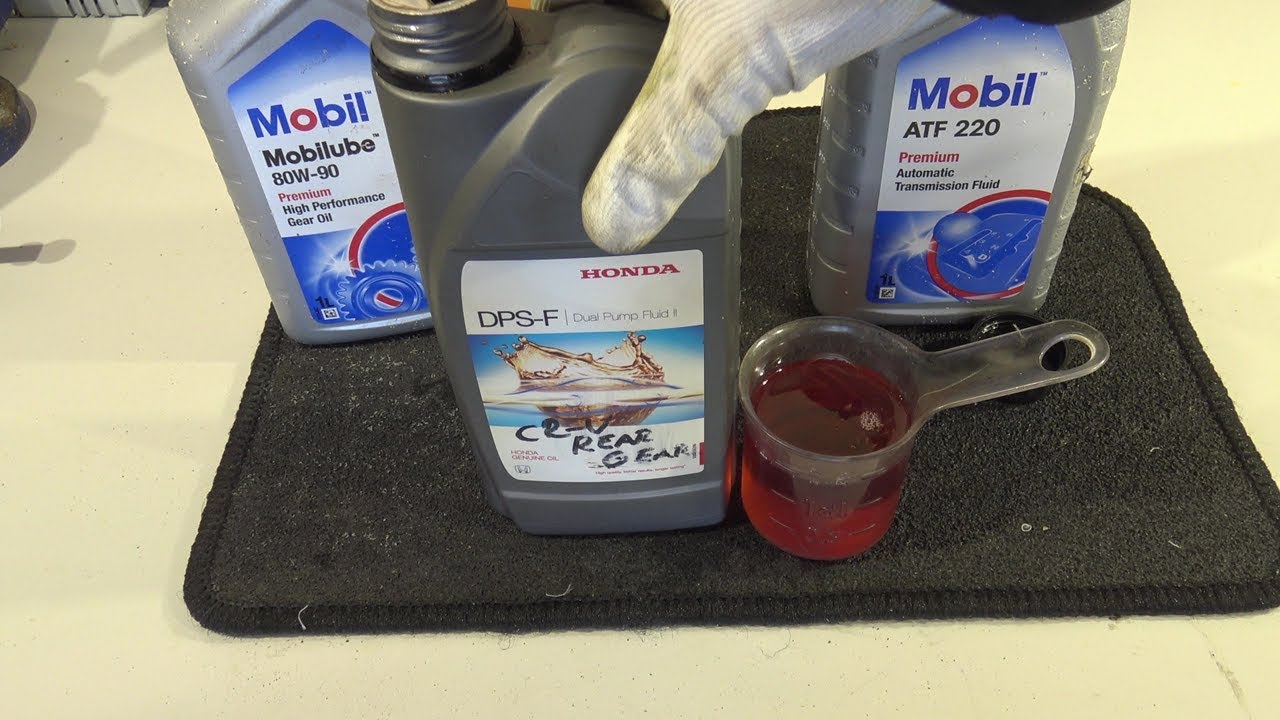Car Shock Absorber Test Tools A Comprehensive Guide
When it comes to maintaining your car's suspension, one important aspect is checking the shock absorbers. These components are responsible for absorbing the impact of bumps and uneven road surfaces, providing a smooth and comfortable ride for you and your passengers.
To ensure that your shock absorbers are functioning properly, it is essential to have the right tools for testing them. In this article, we will discuss the various car shock absorber test tools available in the market and their importance in maintaining your vehicle's suspension system.
1. The Purpose of Shock Absorber Test Tools

One of the key functions of shock absorbers is to keep your car's tires in constant contact with the road surface, ensuring proper traction and control. Over time, these components can wear out or become damaged, leading to reduced performance and potential safety hazards. This is where shock absorber test tools come in - they help to assess the condition of your shock absorbers and determine if they need to be replaced.
These tools use various techniques to measure the performance of shock absorbers, such as bounce tests, visual inspections, and electronic sensors. By using these tools, you can quickly identify any issues with your shock absorbers and take appropriate action before they affect your driving experience or cause more significant problems with your car's suspension system.
2. Different Types of Car Shock Absorber Test Tools

There are several types of shock absorber test tools available in the market, each with its unique features and capabilities. Let's take a look at some of the most commonly used ones.
- Bounce Tester: This tool uses the principle of rebound measurement to assess the damping force of a shock absorber. It works by compressing and releasing the shock absorber, measuring the time taken for it to return to its original position. A longer rebound time indicates a weaker or damaged shock absorber.
- Damping Force Tester: This tool measures the damping force of a shock absorber by applying pressure to it and recording the resistance level. This test provides a more accurate assessment of the shock absorber's performance as it takes into account various factors such as temperature and compression speed.
- Compression Tester: As the name suggests, this tool tests the compression strength of a shock absorber. It works by pushing down on the shock absorber and measuring how much resistance it provides. A lower compression strength indicates a weaker shock absorber that needs to be replaced.
- Visual Inspection Tools: Apart from using specialized equipment, you can also assess the condition of your shock absorbers through a visual inspection. This includes looking for any signs of wear or damage, such as leaks, cracks, or dents. Additionally, you can use a flashlight to check the internal components of the shock absorber for any signs of corrosion or rust.
3. Importance of Regularly Testing Shock Absorbers

It is crucial to regularly test your car's shock absorbers to ensure they are in good working condition. Here are some reasons why:
- Safety: Driving with faulty shock absorbers can be dangerous, as they affect your car's handling and stability on the road. If you encounter sudden bumps or hazards, your car may not respond as expected, increasing the risk of accidents.
- Comfort: Worn out shock absorbers can cause your car to bounce and vibrate excessively, making your ride uncomfortable and potentially leading to motion sickness. By regularly testing and replacing them if necessary, you can maintain a smooth and comfortable driving experience.
- Cost Savings: Replacing shock absorbers before they completely fail can save you money in the long run. If left unchecked, they can cause other components of your car's suspension system to wear out faster, resulting in more significant repair costs.
4. How to Use Shock Absorber Test Tools

Using shock absorber test tools may vary depending on the type of tool you are using. However, here are some general steps to follow:
- Refer to the manufacturer's instructions for specific guidance on how to use the tool.
- Park your car on a flat surface and ensure the parking brake is engaged.
- Depending on the tool, either raise the car or remove the wheels to access the shock absorbers.
- Follow the instructions provided with the tool to perform the test, such as conducting a bounce test or attaching sensors to the shock absorbers.
- Compare the results to the recommended values provided by the tool or your car's manual.
- If the results indicate an issue with the shock absorbers, consider getting them replaced by a professional mechanic.
5. Common FAQs about Car Shock Absorbers
What are the signs of a failing shock absorber?
Some common signs include excessive bouncing or vibrations while driving, uneven tire wear, and a rough or noisy ride.
Can I replace only one shock absorber at a time?
It is generally recommended to replace shock absorbers in pairs to maintain balance and symmetry in your car's suspension system.
How often should I test my shock absorbers?
It is advisable to test your shock absorbers at least once a year or every 12,000 miles to catch any potential issues early on.
Do I need to get my shock absorbers tested if I don't notice any issues?
Yes, it is still essential to regularly test your shock absorbers even if you don't experience any noticeable problems. This can help prevent unexpected failures and ensure your safety on the road.
Can I test my shock absorbers myself?
Yes, you can conduct a visual inspection of your shock absorbers yourself. However, for more accurate and detailed testing, it is recommended to use specialized shock absorber test tools.
Conclusion

Regularly testing your car's shock absorbers is a critical aspect of maintaining your vehicle's suspension system. By using the right tools and techniques, you can quickly identify any issues with your shock absorbers and ensure a safe and comfortable driving experience. We hope this guide has provided valuable insights into the various shock absorber test tools available and their importance in keeping your car in top condition. Remember to always refer to your car's manual and seek professional help if needed for proper maintenance of your shock absorbers.



